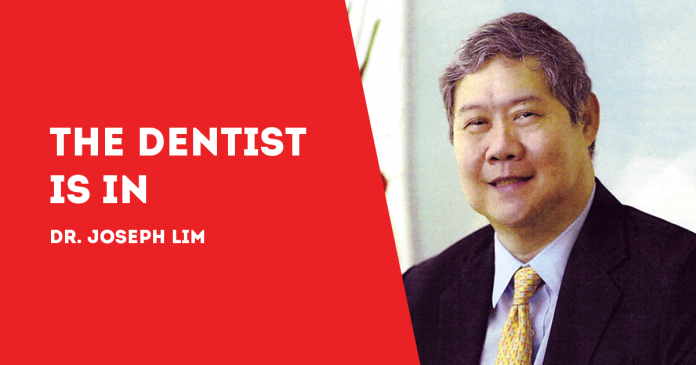
(By Dr. Joseph D. Lim and Dr. Kenneth Lester Lim, BS-MMG, DDM, MSc-OI)
MONKEYPOX is circulating around the globe, although it has not been observed in the Philippines. Yet.
Yet is a key word. That’s because we must be prepared if ever the virus that causes monkeypox comes to our shores.
Yes, it is caused by a virus: the monkeypox virus, a member of the Orthopoxvirus genus in the family Poxviridae.
It is usually a self-limited disease with the symptoms lasting from 2 to 4 weeks. Severe cases can occur. In recent times, the case fatality ratio has been around 3 percent to 6 percent.
Monkeypox is transmitted to humans through close contact with an infected person or animal, or with material contaminated with the virus.
Monkeypox virus is transmitted from one person to another by close contact with lesions, body fluids, respiratory droplets and contaminated materials such as bedding.
“Monkeypox is a disease of global public health importance as it not only affects countries in west and central Africa, but the rest of the world,” the World Health Organization declared on May 19.
Monkeypox is also an existential threat to dentists since it also spreads through respiratory droplets.
From the initial infection, a latent incubation period lasts for about a week to 14 days. After that, an infected person may feel symptoms such as fever, headaches, muscle aches, exhaustion, and weakness.
In many cases, the symptoms may indicate infection in the oral cavity.
For example, one of the most significant symptoms of monkeypox is lymphadenopathy. It is caused by the enlargement or swelling of infected lymph nodes.
There are hundreds of lymph nodes in the body, including the neck, armpit, chest, abdomen, and groin. Immune cells in the lymph nodes help fight infection carried through the lymph fluid. Infections caused by bacteria – and viruses – cause the lymph nodes to swell.
Infected lymph nodes are one way to tell the difference between monkeypox, chickenpox and smallpox. This is because swollen lymph nodes are caused only by the monkeypox virus.
In most cases of the monkeypox virus, swollen lymph nodes can be seen in the cervix, armpit, groin – and in the submandibular gland, the second largest of the three main salivary glands.
According to the U.S. Centers of Disease Control and Prevention, oral lesions appear in about 75 per cent of monkeypox cases in Africa.
The lesions are circular and may develop umbilication, a sort of “dot” on top of the lesion.
Then there are rashes that develop on the body after the end of the latent phase of infection. They first appear on the face and then the chest, arms and groin.
Because symptoms may first appear as oral lesions, dentists are important part of prevention and control. Dentists are in the position of detecting the early signs of monkeypox than any other health care frontline workers.
Dentists may check the tongue for symptoms of ulcers or lesions. An examination of the lymph nodes may also detect monkeypox infection.
When facial lesions appear, the dentist then refers the patient to a physician.
Dentists are thus in the best position to detect and prevent the spread of monkeypox. If ever it reaches our shores.
***
Dr. Joseph D. Lim, Ed. D., is the former Associate Dean of the College of Dentistry, University of the East; former Dean, College of Dentistry, National University; Past President and Honorary Fellow of the Asian Oral Implant Academy; Honorary Fellow of the Japan College of Oral Implantologists; Honorary Life Member of the Thai Association of Dental Implantology; and Founding Chairman of the Philippine College of Oral Implantologists. For questions on dental health, e-mail jdlim2008@gmail.com or text 0917-8591515.
***
Dr. Kenneth Lester Lim, BS-MMG, DDM, MSc-OI, graduated Doctor of Dental Medicine, University of the Philippines, College of Dentistry, Manila, 2011; Bachelor of Science in Marketing Management, De la Salle University, Manila, 2002; and Master of Science (MSc.) in Oral Implantology, Goethe University, Frankfurt, Germany, 2019. He is an Associate Professor; Fellow, International Congress of Oral Implantologists; Member, American Academy of Implant Dentistry and Fellow, Philippine College of Oral Implantologists. For questions on dental health, e-mail limdentalcenter@gmail.com./PN







